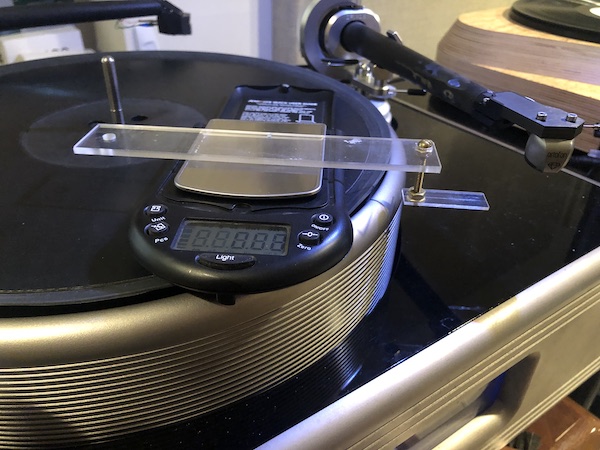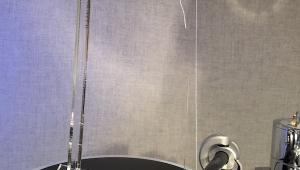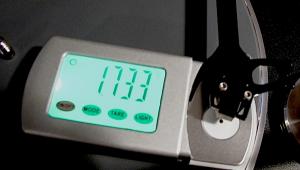Beware Magnetized Stylus Pressure Gauges!

Most of these digital stylus force gauges come from the same Chinese factory, but what the company that orders and what the company gets are not always the same thing! I remember visited Audio Research and hearing a story from their QC guy Warren Gehl (he does a lot than QC, but for these purposes, let's leave it at that). He recounted that a new ARC amplifier included a small, but important China-sourced transformer. The company had auditioned many and settled on this particular one because of its measured and sonic performance. Yet when Warren auditioned the first finished amplifier off the line something sounded "off".
Eventually he discovered that while the China-sourced transformer looked and measured identical to what had been ordered, the company had changed something and hadn't told ARC. So, these things happen.
I hadn't been using this particular gauge on the SAT arm because I prefer measuring VTF at record level, which is important in arms that are stable-balanced, not neutral balanced. Arms in which the center of gravity is below the pivot are stable-balanced (which includes many if not most unipivots that have stabilizing balancing side weights hanging below the pivot), meaning they want to return to the record surface. So the higher off the record surface you measure the down force, the greater it will be compared to what it would measure at the record surface, which is where you want it to accurate. In other words, you will be tracking somewhat lighter than you actually measure on a gauge where the measuring platform is considerably above the record surface.
So short story long, even though the SAT is a gimbaled bearing arm, it is not neutrally balanced. While the designer provides a formula that allows you to measure above the record surface after which you apply added downforce based on the formula, I prefer using what you see below:
I set the Anna D using that gauge at 2.4 grams. Later I decided to quickly check the VTF using the Revolv gauge, knowing it would be somewhat higher but it was way higher so then I started doing what you see in the video and realized why: as the cartridge got close to the platform the scale began reacting! There's a magnetic reaction between the cartridge and the scale! Granted the Anna D and some other costly MC cartridges have seriously powerful magnets and so magnify this problem, if you have a gauge of this kind with any brand label on it, be sure to check out the interaction between the cartridge and the gauge as seen below.
Revolv was kinda shocked by the video and they are promising to look into it!











































